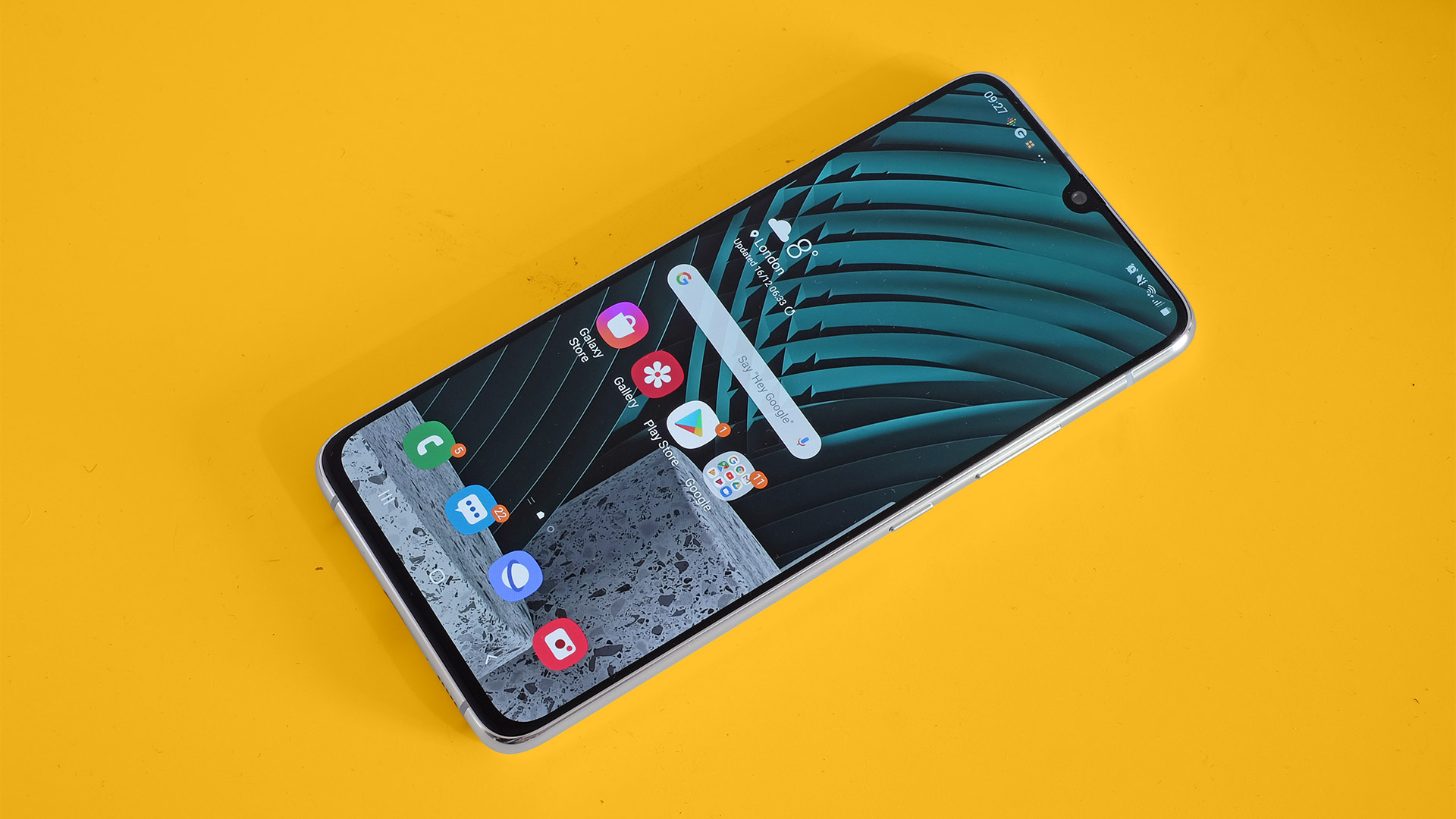Why you can trust TechRadar
Battery life
- 4,500mAh battery
- Battery life is good but not great
- 25W fast charging
The Samsung Galaxy A90 5G has a 4,500mAh battery. It’s not an outright huge battery for a phone with a 6.7-inch screen, but it is enough to earn it a solid score in our battery benchmark.
We make each phone we review play a 90-minute video at maximum display brightness. The A90 5G lost 13% charge, which is one percent more than the Samsung Galaxy Note 10.
However, just like the Note 10 its performance in a day-to-day context is more mixed. The Galaxy A90 5G is great at holding onto charge when you don’t need too much screen time. Its battery seems to drain slowly in standby. However, on heavier days we have on occasion got uncomfortably close to draining it by the late evening.
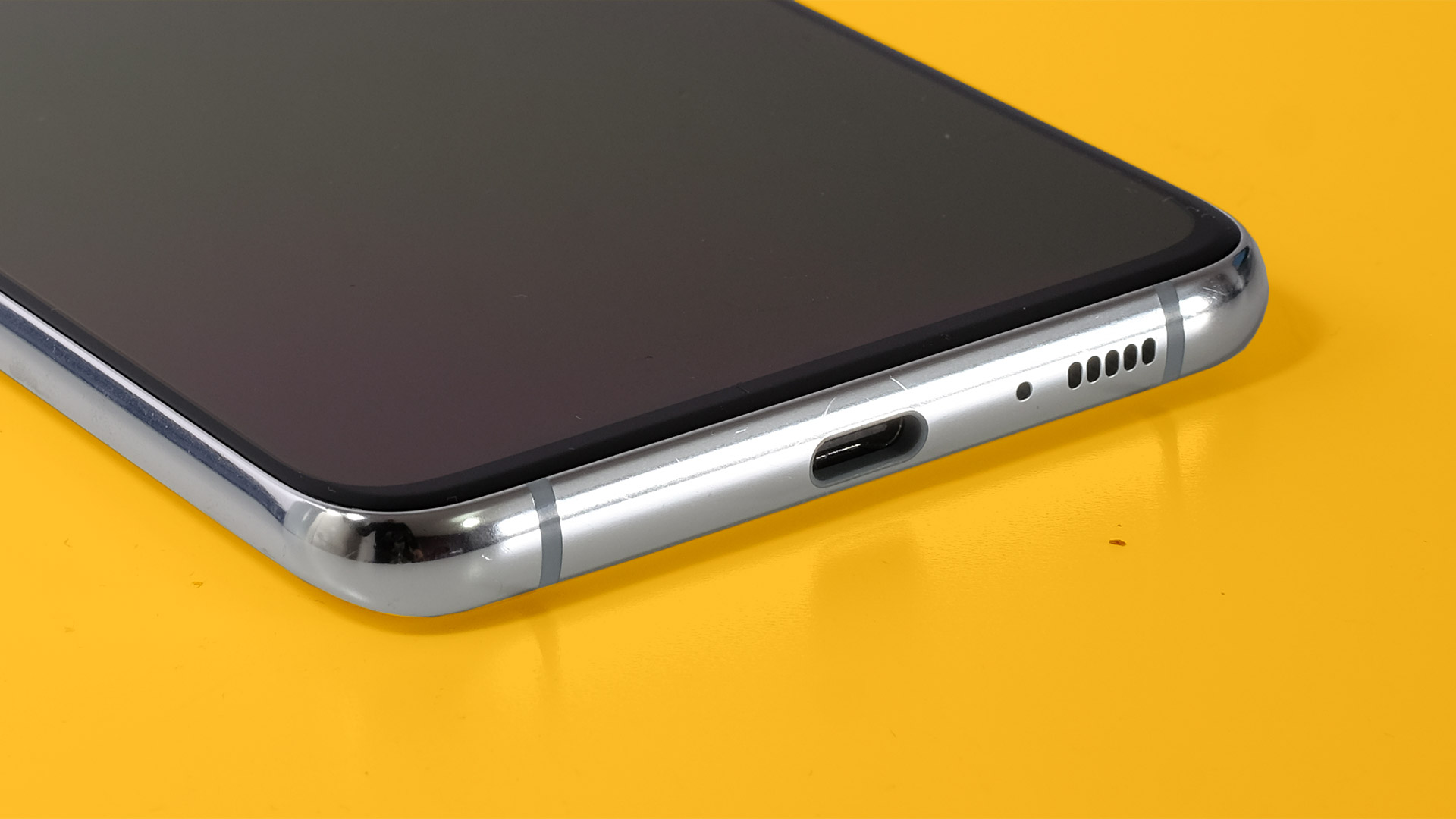
A few times we have also felt the need to give the A90 5G a quick top-up before going out for the evening, just to be sure. This is a battery life red flag.
To say a phone’s battery life depends on how you use it sound like, and largely is, a truism. But how long it lasts seems to yo-yo up and down more than, for example, the Oppo and Huawei phones we have reviewed recently.
The Samsung Galaxy A90 5G’s battery life is better than the Note 10’s, but is not quite good enough to put it among the longest-lasting. You get a 25W charger in the box, which gets you from flat to full in around 90 minutes. It’s no less than we expect these days but does make those occasional unfortunate late afternoon top-ups reasonably quick.
Camera
- 48MP Sony IMX586 main camera
- 8MP wide and 5MP depth cameras
- Super Steady advanced stabilization
Samsung may have put the same processor as the S10 phones into the Samsung Galaxy A90 5G, but the camera hardware is a different story. This phone has three rear cameras, but none of them are at or near the level of the 12MP kind Samsung really favors.
Sign up for breaking news, reviews, opinion, top tech deals, and more.
Our main camera uses the 48MP Sony IMX586, also seen in phones like the Xiaomi Mi 9T Pro, Oppo Reno 2Z, OnePlus 7T and Honor 20. The pattern? All of these are cheaper than the Samsung Galaxy A90 5G, some dramatically so.
The Sony IMX586 is a half-inch sensor with a quad-bayer array. This uses four times the number of sensor pixels for each little block of color information that goes into the final image. As such the sensor is designed from its very bones to capture 12MP pics rather than 48MP ones.
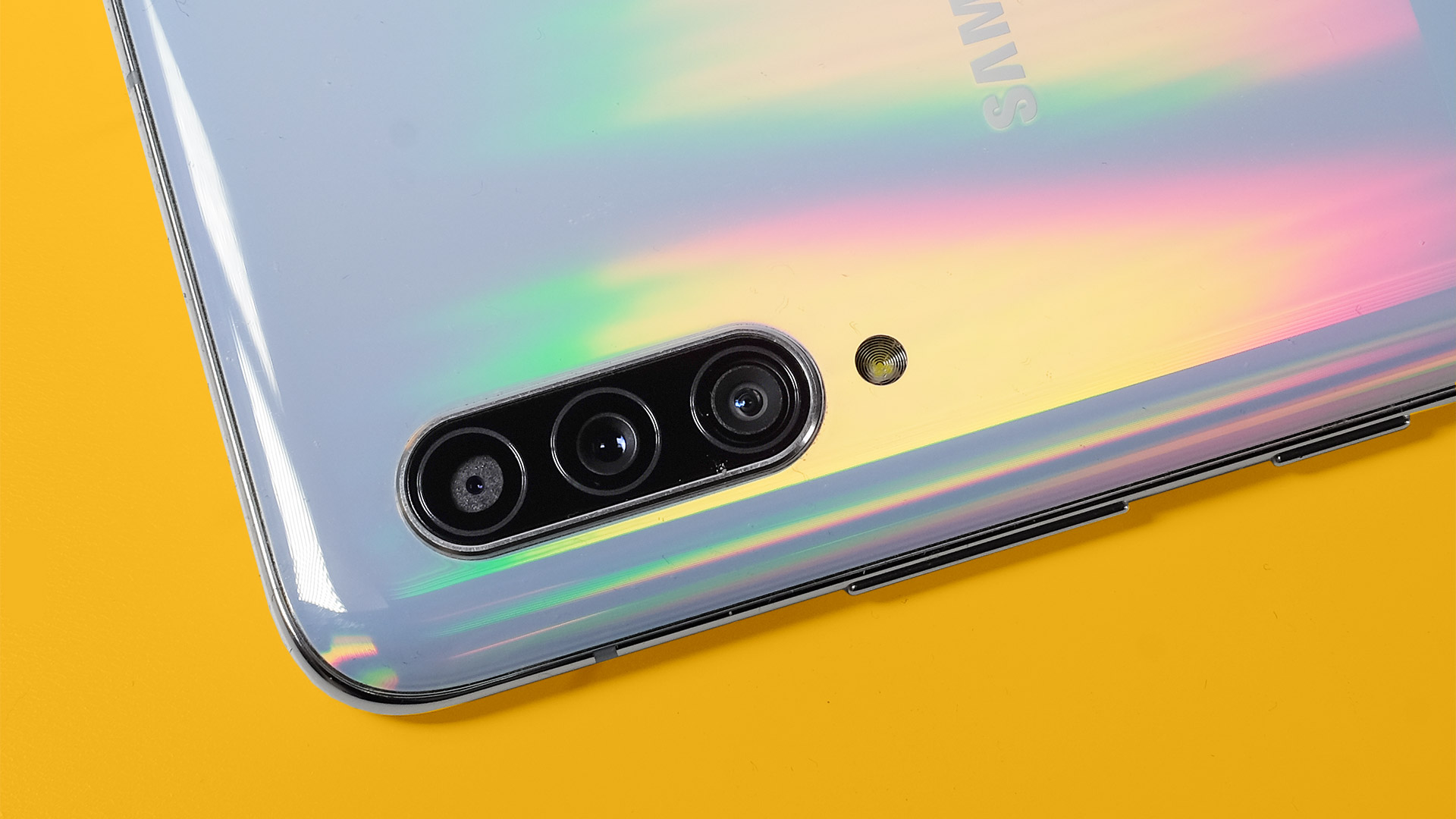
Our other two rear cameras are a relatively tiny 8MP Samsung sensor (S5K4HA) with an ultra-wide lens and a 5MP (S5K5E9) depth sensor. There is no zoom.
This array is pretty bad for a phone at the price, and Samsung has not made as successful a use of the Sony IMX586 as OnePlus in the OnePlus 7T.
Night image quality is the best example of this in action. The Samsung Galaxy A90 5G switches to a ‘night’ scene mode when you take photos in a dark environment, and has a dedicated Night mode that takes a little more time to capture each image. Both can be used handheld.
However, compare the shots to the best at the price, or even some of the top contenders at a few hundred pounds or dollars less, and you’ll see the Samsung Galaxy A90 5G’s photos are relatively soft and noisy.
Scenes are bright enough, but the low-light image revolution going on right now does not seem to have made it to the A90 5G. This is a big problem, given the price.
The ultra-wide camera’s images are relatively soft and detail-light, even in excellent lighting. This is no surprise when you look a little further into the hardware and realize the sensor is similar to what you might see in a middling selfie camera.
This is possibly the worst camera setup you’ll find in a phone this expensive, and that is an indication of how much extra you have to pay for 5G at the moment.
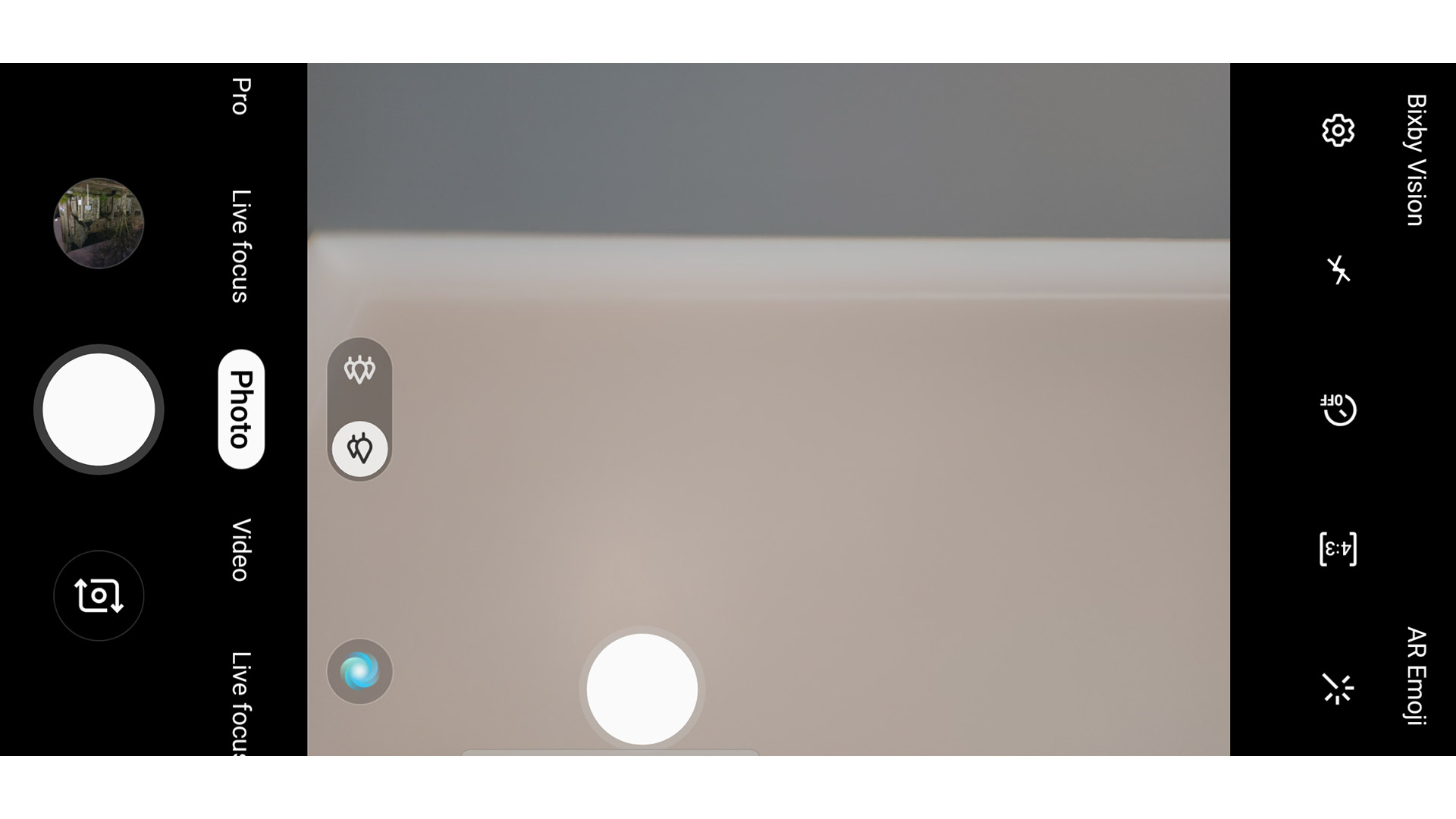
There are a few other little camera holes too. While there is 4K video capture, it’s only at 30fps, not 60fps, and it rules out the use of image stabilization. 4K footage will look jerky unless you don’t move, making 1080p the better option.
This all probably sounds quite damning, and it should. But it does not mean the Samsung Galaxy A90 5G’s camera is rubbish, just that we expect more for the cost.
The primary 48MP sensor can still take great images in daylight, with solid detail and pleasant color handling.
The Samsung Galaxy A90 5G also has the great Super Steady video mode seen in the Galaxy S10. This uses the wide camera instead of the standard view one, allowing the phone to crop into the frame hugely and use this outer ‘otherwise ignored’ part to smooth out the final footage.
This is how electronic video stabilization works: the edges of the sensor aren’t actually in the frame, giving the camera loads of scope to use this buffer to smooth out motion. It works extremely well here and is particularly handy if you want to record while running or on a bike.
There is a cost to general video quality, though, so stick to the standard modes unless you need that extra level of smoothing.
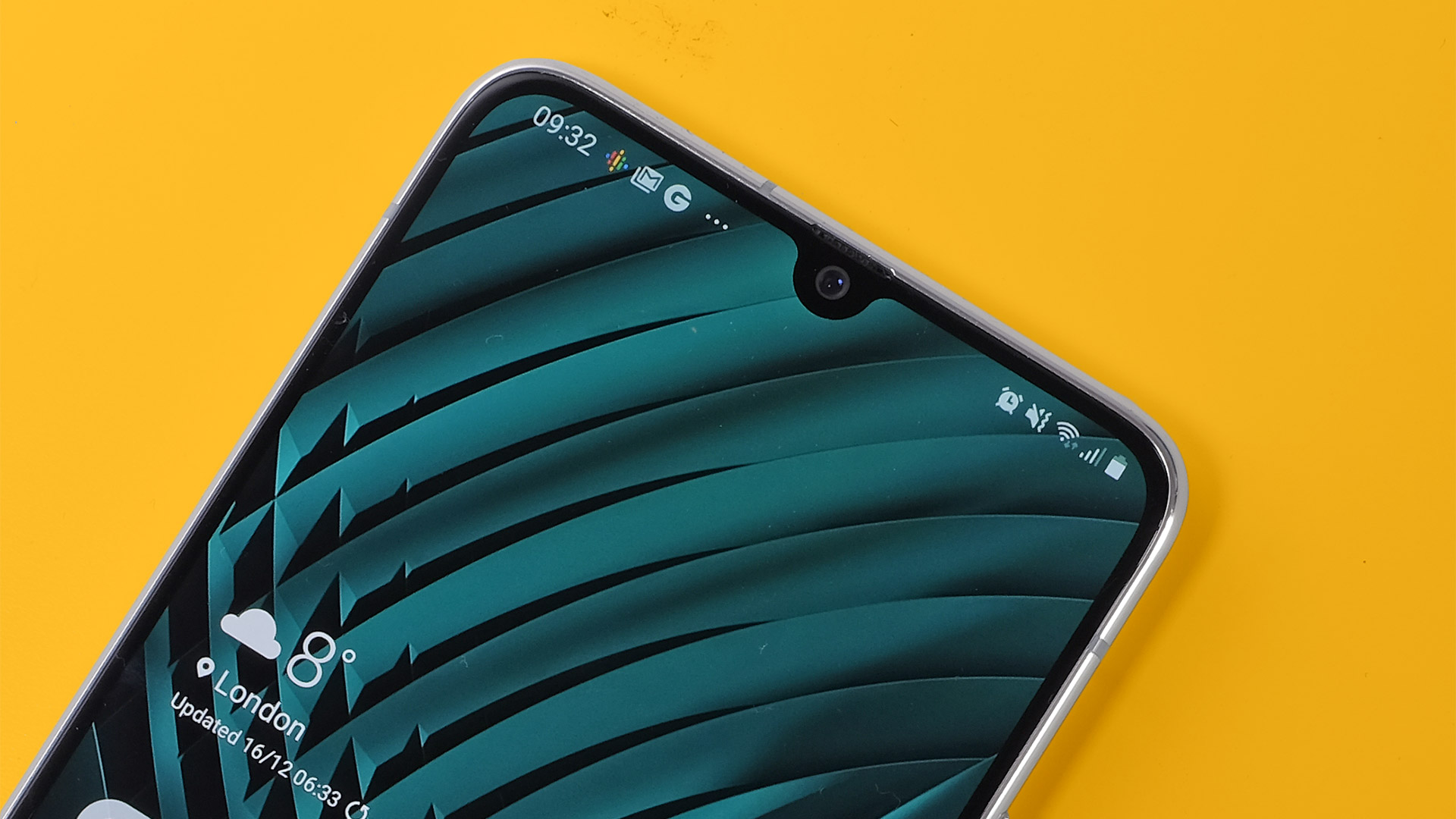
The Galaxy A90 5G’s selfie camera is a refreshing surprise, after all those disappointments. It’s very good, and has a 32MP sensor that takes 8MP shots. It uses a pixel binning technique similar to the main 48MP hardware.
Camera samples


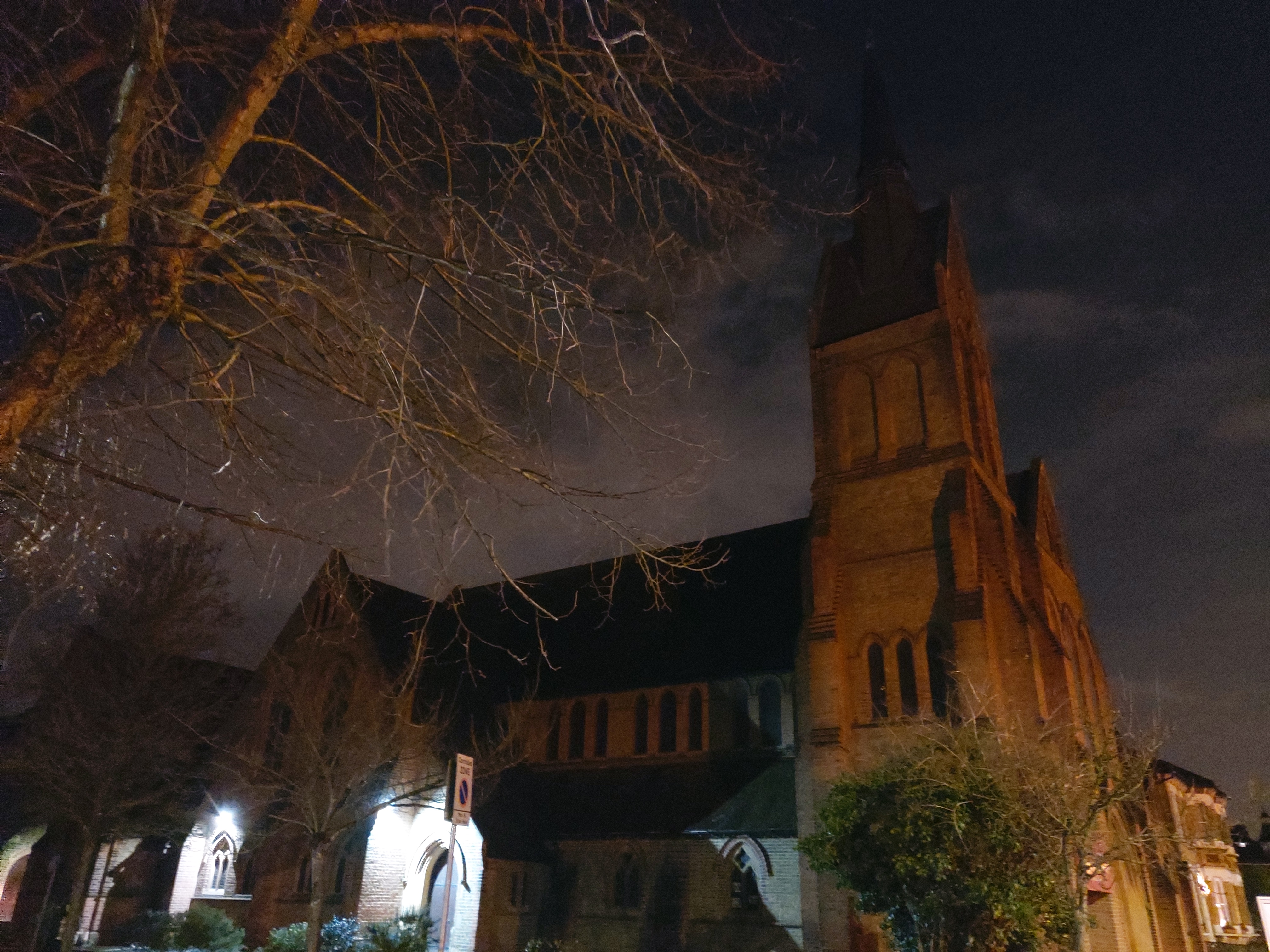




Current page: Battery life and camera
Prev Page Introduction, design and display Next Page Anything else I should know?
Andrew is a freelance journalist and has been writing and editing for some of the UK's top tech and lifestyle publications including TrustedReviews, Stuff, T3, TechRadar, Lifehacker and others.
